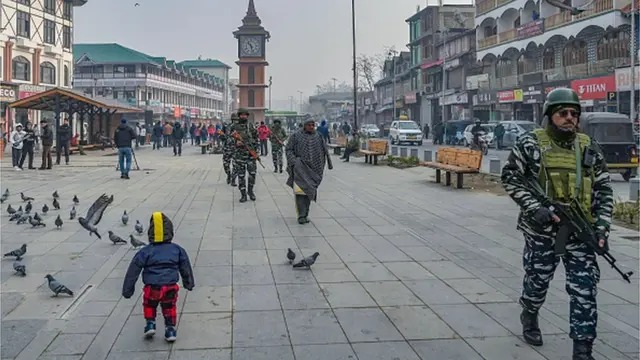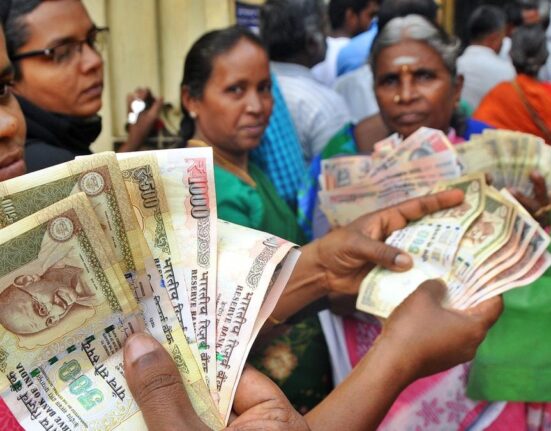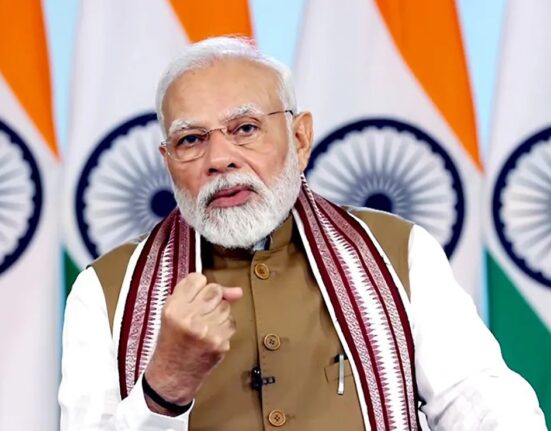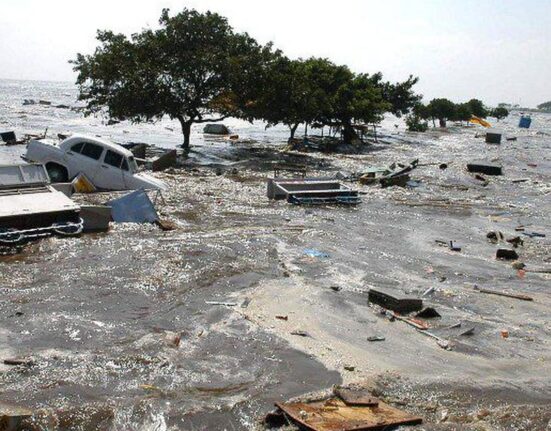परिचय
On 5 August 2019, the Government of India revoked Jammu & Kashmir’s special status under Article 370 and initiated the state’s reorganisation, fundamentally altering its constitutional relationship with the Union. Parliament approved a resolution rendering Article 370 inoperative and passed the Jammu and Kashmir Reorganisation Bill to bifurcate the erstwhile state into two Union Territories—Jammu & Kashmir (with a legislature) and Ladakh (without a legislature). In December 2023, India’s Supreme Court upheld the 2019 measures and directed that assembly elections be held in J&K by September 2024, while stating that full statehood should be restored “at the earliest”.

Background and Constitutional Mechanism
- Article 370 framework: It granted Jammu & Kashmir a special status with its own constitution and restricted Parliament’s legislative competence largely to defence, foreign affairs, and communications unless expanded with state concurrence; it was placed in the Constitution’s Part XXI as a “temporary” provision.
- 2019 presidential orders: Acting through a Presidential Order issued under Article 370 read with Article 367, the Union replaced references to the “Constituent Assembly” with the “Legislative Assembly,” enabling the President to declare Article 370 inoperative on Parliament’s recommendation at a time when the state was under President’s Rule.
- Parliamentary passage: On 5 August 2019, the Rajya Sabha passed the resolution and Reorganisation Bill; the Lok Sabha approved them on 6 August 2019, completing the legal steps for abrogation and reorganisation.
Reorganisation: Two Union Territories
- Jammu & Kashmir: Constituted as a Union Territory with a legislative assembly and a Lieutenant Governor, inheriting most of the former state’s districts.
- Ladakh: Formed as a separate Union Territory (Kargil and Leh) without a legislature.
- Effective date: The two Union Territories came into existence on 31 October 2019.
Security and Administrative Measures (August 2019)
- Preemptive steps included additional troop deployments, communication restrictions (notably in the Valley), and preventive detentions of several political leaders to forestall unrest; communication curbs were relaxed in phases over ensuing months.
- The Union government argued the changes would ensure the full application of central laws and welfare schemes, enhance development, and address security challenges.
Judicial Review and Verdict
- Multiple petitions challenged the abrogation and reorganisation before the Supreme Court beginning August 2019.
- On 11 December 2023, a five‑judge bench upheld the constitutional validity of the 2019 measures, holding that Article 370 was temporary, that J&K did not possess internal sovereignty distinct from other states, and directing elections in J&K by September 2024 while stating that statehood should be restored at the earliest.
Political Reactions
- Support: The move was backed by the ruling BJP and a number of national and regional parties that argued it would bring integration, equal rights, and development benefits to the region.
- Opposition: Several parties and Kashmiri political groups opposed the process and substance, questioning democratic consent, federal balance, and civil liberties impacts amid detentions and communication curbs.
Significance and Impacts
- Constitutional uniformity: The Indian Constitution now applies in full to J&K; the separate J&K Constitution became inoperative.
- Federal reconfiguration: Conversion of a full state into two Union Territories marked a major federal restructuring, unprecedented in scale since independence.
- Governance and development: The Union cited legal uniformity, investment facilitation, and social justice (e.g., women’s property rights parity with the rest of India) as core outcomes; critics flagged democratic deficit and rights concerns during the transition period.
Key Dates and Facts
- 5 August 2019: Presidential Order issued; Rajya Sabha passes the resolution and J&K Reorganisation Bill.
- 6 August 2019: Lok Sabha passes the measures; Article 370 rendered inoperative per the President’s declaration.
- 31 October 2019: Union Territories of Jammu & Kashmir and Ladakh come into existence.
- 11 December 2023: Supreme Court upholds abrogation; calls for J&K elections by September 2024 and restoration of statehood at the earliest.
Interesting Notes
- Instrument of Accession linkage: The Court noted Article 370’s “temporary” placement and held J&K did not retain internal sovereignty distinct from the Union, framing the provision’s historical role as transitional rather than permanent.
- Process innovation: The use of Article 367 to reinterpret references within Article 370 was central to the Union’s method; petitioners contested this route as ultra vires, but the Court upheld the overall process.

निष्कर्ष
The 2019 revocation of Article 370 and the creation of the Union Territories of Jammu & Kashmir and Ladakh marked a watershed in India’s constitutional and federal architecture, replacing a seven-decade special arrangement with full constitutional integration and new administrative structures; the Supreme Court’s 2023 verdict affirmed the change’s legality while pressing for democratic restoration through timely elections and eventual statehood reinstatement.








इस बारे में प्रतिक्रिया दें